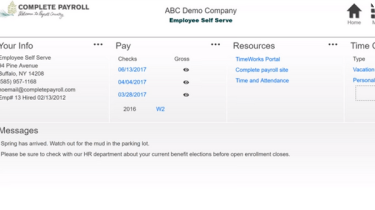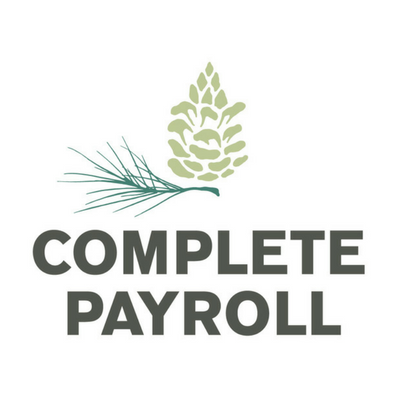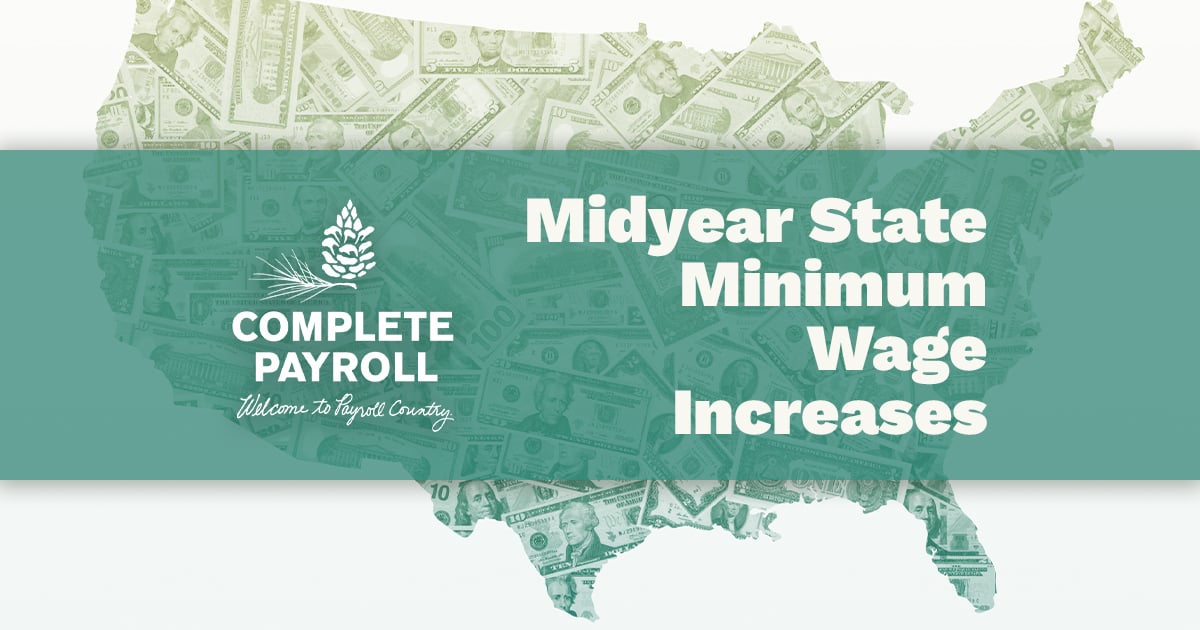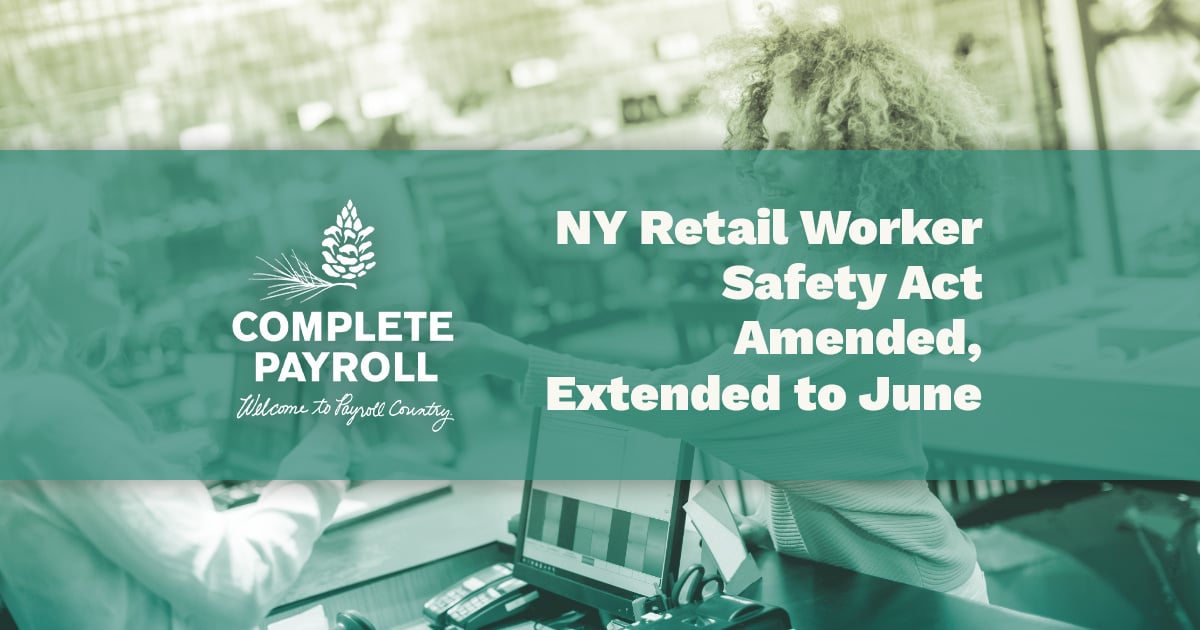New York's Wage Theft Prevention Act continues to be a cornerstone of employee protection, ensuring transparency and fairness in wage practices. Recent developments and legislative updates underscore the importance of employer compliance.
Overview
Enacted in 2010 and effective as of April 9, 2011, The Wage Theft Prevention Act requires employers in New York State to provide written notice of wage rates to each new hire.
According to the New York State Department of Labor, the written notice must include...
- Rate or rates of pay, including overtime rate of pay (if it applies)
- How the employee is paid: by the hour, shift, day, week, commission, etc.
- The company's designated payday
- Official name of the employer and any other names used for business (DBA)
- Address and phone number of the employer's main office or principal location
- Allowances taken as part of the minimum wage (tips, meal and lodging deductions)
These notices must be provided in English, and if available, in the employee's primary language as translated by the New York State Department of Labor. Employers are also required to obtain the employee's signature on this notice and provide them with a copy.
The Department currently offers translations in the following languages: Spanish, Chinese, Haitian Creole, Korean, Polish and Russian.
Click to read the Wage Theft Prevention Act FACT SHEET
How to provide notice
Employers may provide their own written notice, as long as it includes all the required information.
Or they can use the DOL's sample notices. You can find a variety of Wage Theft Prevention Act Forms in a variety of languages here.
Recent Legislative Updates and Enforcement
Recent actions by Governor Hochul and the New York State legislature signal a renewed commitment to combating wage theft. Key updates include:
- Increased Enforcement & Reporting: Governor Hochul established a Wage Theft Tax Force, along with a hotline (833-910-4378) and online portal for employees to report incidents of wage theft, while remaining anonymous.
- Expansion of Employee Protections: A 2023 amendment to the WTPA:
- Expanded the definition of "property" in the penal law to explicitly include "compensation for labor or services."
- Defined "workforce" as a group of individuals working for wages.
- Added a new provision defining "wage theft" as the act of hiring someone, receiving their services, and then failing to pay the agreed-upon wages, including minimum wage and overtime.
- Allowed for the aggregation of unpaid wages into a single larceny charge, even if the non-payments occurred across multiple counties.
- Pay Notice Updates: The New York State Department of Labor has revised pay notices, and employers should ensure they are using the most current forms. Employers can find the most recent forms on the NYS Department of Labor website, with updates ongoing into 2024.
- Retaliation Protections: The Wage Theft Prevention Act enhances rules against retaliation, making it illegal for any person within a company to retaliate against an employee who makes a complaint. Penalties for retaliation can include fines, liquidated damages, and orders to reinstate the worker's job.
Penalties for Noncompliance
Liquidated Damages:
-
- Previously capped at 25% of unpaid wages, liquidated damages now extend up to 100%.
- Department of Labor Orders to Comply will include this 100% liquidated damages, along with applicable civil penalties and interest.
Non-Wage Violations:
-
- For violations concerning benefits or wage supplements, the Department of Labor can impose civil penalties.
- Penalties are structured as follows:
- First violation: up to $1,000.
- Second violation: up to $2,000.
- Third and subsequent violations: up to $3,000 per violation.
Order to Comply Enforcement:
-
- If an employer fails to comply with a Labor Commissioner's Order to Comply, the Department of Labor can, after the 10-day appeal period, require a bond and/or asset list.
- Failure to provide the asset list can result in a penalty of up to $10,000.
- The department of labor can bring court cases against non compliant employers.
Late Payment Penalties:
-
- The WTPA allows the Department of Labor to add a 15% damage penalty to a judgment if the employer fails to pay the full amount within 90 days of the final Order to Comply.
What to Consider as an Employer in New York State:
- Accurate employee classification is essential to ensure proper wage payment.
- Regularly review and update wage notices to reflect any changes in state regulations.
- Maintain meticulous records of employee wages and work hours for at least six years.
- Ensure wage statements are provided to employees on each payday.
- Understand the enhanced protections against retaliation and the associated penalties.
Helpful Resources 📚
New York State has created a ton of resources for employees to know their rights, and for employers to stay compliant.


















 Get Instant Blog Notifications
Get Instant Blog Notifications

%20Need%20to%20Know%20about%20the%20New%20I-9.jpg)
